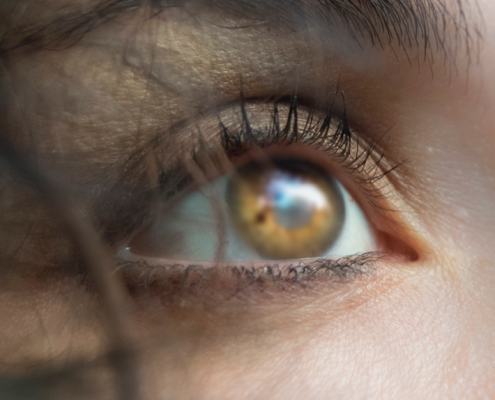Who’s at Risk for Developing Glaucoma?
About 3 million Americans suffer from glaucoma, and only about half of them are even aware of it. This not only shows how prevalent the condition is but also how important it is to know your risk factors. Glaucoma doesn’t start to show symptoms until late in the game, so regular checkups are critical.
At V.I.P. Laser Eye Center in Palm Beach Gardens, Stuart, and Port St. Lucie, Florida, our expert team wants to help you learn about glaucoma and the risk factors associated with the disease. If you think you might have glaucoma or are concerned that you might be at risk for glaucoma, we’re proud to offer thorough exams and expert treatment.
Facts about glaucoma
Glaucoma describes a group of eye disorders that cause progressive damage to your optic nerves. Your optic nerves connect your brain to your eyes. Glaucoma can cause your nerve tissue to shrink, thus creating vision loss.
There are different types of glaucoma:
Primary open-angle glaucoma
This is the most common type of glaucoma. It causes fluid to build up in the eye, which damages the fibers of the optic nerve. An insufficient drainage system in the eye could be the cause behind this type of glaucoma.
Angle-closure glaucoma
This is a rarer form of glaucoma that causes rapid vision loss, sometimes within a day of onset. This means it can be hard to catch the issue before it starts creating serious side effects. This type is due to blocked drainage canals in the eye.
Normal-tension or low-tension glaucoma
When this type of glaucoma occurs, the eye pressure remains normal, but damage to the optic nerve results in glaucoma.
Secondary glaucoma
This type of glaucoma can be caused by disease or some medications. In rare cases, an eye injury can result in secondary glaucoma.
At-risk populations for glaucoma
Glaucoma is one of the leading causes of blindness in the United States. While most sufferers are age 40 or older, people at any age can suffer from this condition, even children.
If you have elevated eye pressure, that doesn’t mean you’ll develop glaucoma. Furthermore, not everyone who develops glaucoma has elevated eye pressure. However, this is one risk factor associated with glaucoma. Other risk factors include:
- Having a family history of glaucoma
- Being 60 or older
- Being African American and 40 or older
- Having diabetes
- Having optic nerves where the space at the center of the nerve is larger than normal
- Being severely nearsighted
- Suffering an eye injury
- Undergoing eye surgery
- Using corticosteroids
- Having thin corneas
- Having high blood pressure
Preventing or managing glaucoma
Once glaucoma takes hold, there’s no cure. However, early detection and treatment can slow or prevent vision loss. Treatments for open-angle glaucoma may include using eye drops. These can help with fluid drainage and decrease the amount of fluid produced by the eye. Additional glaucoma treatments may include laser surgery, conventional surgery, or medications, all of which may be able to help protect the optic nerve.
Want to learn more about glaucoma?
If you know you have certain risk factors that could cause you to develop glaucoma, it’s important to get your eyes checked regularly. Don’t delay. Call the V.I.P. Laser Eye Center location most convenient to you.


